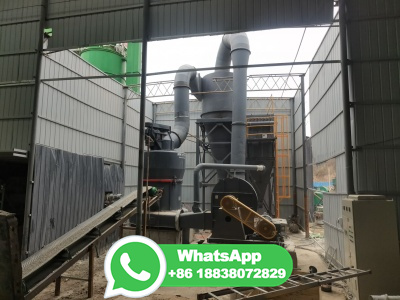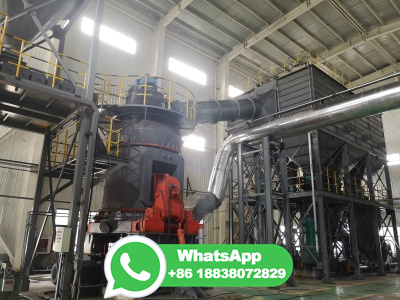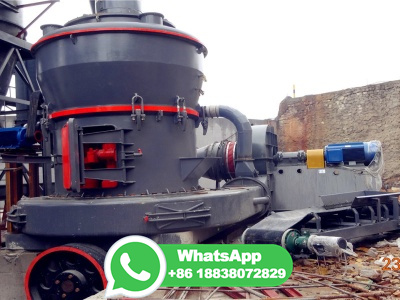Scientists significantly improved coalburning efficiency
However, the widespread use of coal is limited by a number of problems, such as incomplete combustion of fuel and concomitant formation of toxic gases. Taking this into account, development of ...





























